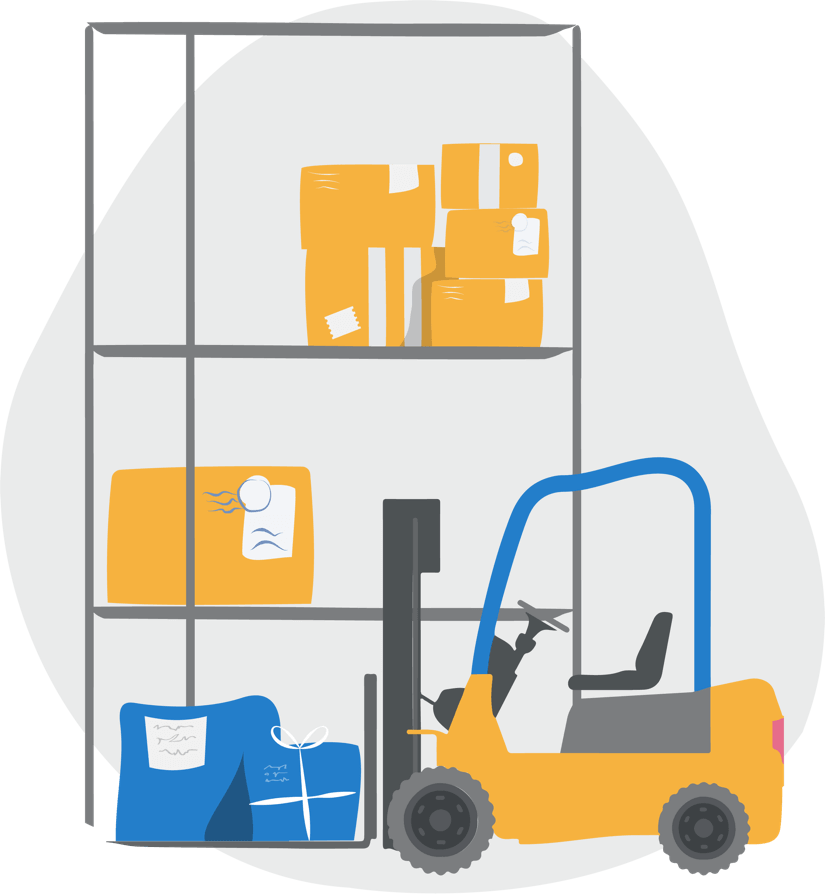Warehouse fees
Warehouses offer many services to ensure your storage and fulfillment needs are met. Here are some common order fulfillment costs you may come across when getting a quote:
Account onboarding: Fees associated with setting up a new customer.
Inbound handling: Fees for any service related to delivering your goods to the warehouse.
Storage: These can be charged based on different areas (such as floor-stored, bulk rack locations, pick locations, etc.) and the types of storage, such as temperature controlled or dangerous goods regulation (DGR).
Pick and Pack: Fees associated with picking an item and packing it for shipping. This fee can be charged per unit, carton, or pallet.
Depending on your needs, you can also request value-added services such as:
Barcode labelling: Attaching barcode labels to all of your items.
Engraving: Some warehouses can engrave items for a personal touch.
Gift wrapping: Have items gift wrapped for special occasions.
Kitting: Process in which individually separate but related items are grouped, packaged, and supplied together as one unit.
Printing: Invoices can be printed for you.
Refurbishment: Checking returned items and bringing them back to sellable condition.
Retail compliance: Process of generating UCC-128 labels, transacting activity in a retailer’s portals, and all other activities needed to conform with a retailer’s requirements to avoid chargebacks.
Temperature controlled storage
For a more in-depth list of fees you can expect from a warehouse, check out our blog post understanding warehouse quotes.
